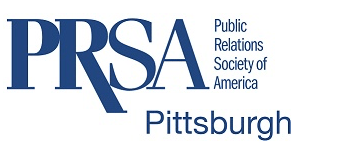8 Ways for Companies to Improve Social Compliance
Social media compliance can become an afterthought for businesses of all sizes. At a time when social media crises seem to emerge every day, however, this can be a risky approach.
As we settle into 2017, here are eight ways to build a governance plan that will protect your company while helping employees and employers alike.
1. Close the Knowledge Gap
Most social media activity takes place outside the corporate network, and IT usually has little visibility into the risks. Marketing and IT need to collaborate to ensure the company remains social and secure. Start by documenting your list of branded social media accounts and the types of engagement they facilitate. Develop metrics to hold stakeholders accountable for how they handle potential risks on social, such as the average time it takes to handle a customer complaint on Twitter.
2. Develop a Response Plan
Work with your risk management or security team to develop a crisis response plan. In addition to accounting for spam and malware, it should include details on how handle a social media account takeover or crowdsourced protest attack against your accounts. The plan should incorporate staff escalation procedures and pre-determined criteria under which you would shut down an account. Check out this sample plan to help you get started.
3. Refresh Your Corporate Policy
Chances are it’s time to dust off your corporate policy and update it. Most companies still need to incorporate guidelines for newer social networks, such as Periscope and Instagram. Likewise, determine if your account profile needs an update to include disclaimer links or disclosure statements. For some ideas, take a look at Intel’s robust user policy published here.
4. Limit Social Media Sprawl
Account sprawl can run rampant and lead to fake and unmanaged accounts that damage your brand reputation and customer experience. You can only protect what you know. Use an automated solution to efficiently find, categorize, and track your company’s accounts across all social networks. Follow up with social networks to take down fraudulent accounts.
5. Adopt Two-Factor Authentication
Boost your security settings on your Twitter account. Turn on two-factor authentication that requires phone verification each time you log in. You should also update your settings to require a password each time you log in from a mobile device. Eliminating automatic authentication provides stronger protection against account hijacking.
6. Use Strong Passwords
Make sure you’re implementing a good password policy for your social accounts. Construct strong passwords that are unique for each of your social media accounts. Avoid writing them down and don’t share your passwords with others. Security guidelines recommend frequent password changes—an update every 60 days, maximum, is a good best practice to follow.
7. Limit Connected Apps
Apps connected to your social media accounts, such as Tweetdeck and Feedient, can serve as backdoors for hackers to access and take over your social platforms. Disconnect apps you are not using and be careful about linking new apps to your accounts.
8. Enable Encryption
Make sure your encryption settings are turned on when you’re using social media. Encryption is usually enabled by default, but it’s good to check your account privacy settings to ensure it hasn’t been deactivated.
The author, David Chan, is the Strategic Alliances Director of Social Media Protection at Proofpoint.





Leave a Reply
Want to join the discussion?Feel free to contribute!